Ultra-high-scale cytometry-based cellular interaction mapping
- PMID: 40775086
- PMCID: PMC12446065
- DOI: 10.1038/s41592-025-02744-w
Ultra-high-scale cytometry-based cellular interaction mapping
Abstract
Cellular interactions are of fundamental importance, orchestrating organismal development, tissue homeostasis and immunity. Recently, powerful methods that use single-cell genomic technologies to dissect physically interacting cells have been developed. However, these approaches are characterized by low cellular throughput, long processing times and high costs and are typically restricted to predefined cell types. Here we introduce Interact-omics, a cytometry-based framework to accurately map cellular landscapes and cellular interactions across all immune cell types at ultra-high resolution and scale. We demonstrate the utility of our approach to study kinetics, mode of action and personalized response prediction of immunotherapies, and organism-wide shifts in cellular composition and cellular interaction dynamics following infection in vivo. Our scalable framework can be applied a posteriori to existing cytometry datasets or incorporated into newly designed cytometry-based studies to map cellular interactions with a broad range of applications from fundamental biology to applied biomedicine.
© 2025. The Author(s).
Conflict of interest statement
Competing interests: The authors declare the following competing interests: S.H., S.Y., V. Flore, I.S.V., C.E., R.T., D.H., D.V., L.J.-S. and A.T. are listed as inventors for the European Patent Application no. 24181153.8 from the Charité – Universitätsmedizin Berlin and Deutsches Krebsforschungszentrum Stiftung des öffentlichen Rechts (priority application filed). The patent covers the core technology and applications of the Interact-omics framework. S.K. has received honoraria from Cymab, Plectonic, TCR2 Inc., Novartis, BMS, Miltenyi and GSK. S.K. is inventor of several patents in the field of immuno-oncology. S.K. received license fees from TCR2 Inc. and Carina Biotech. D.H. owns stock from Platomics GmbH. The other authors declare no competing interests.
Figures

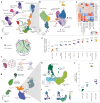

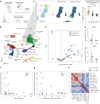
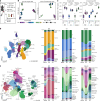

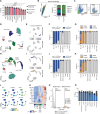
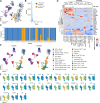

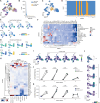
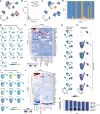


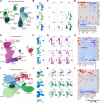

References
-
- Cooper, G. M. in The Cell: A Molecular Approach (ed. Cooper, G. M.) 2nd edn, Ch. 12 (Sinauer Associates, 2000).
-
- Bechtel, T. J., Reyes-Robles, T., Fadeyi, O. O. & Oslund, R. C. Strategies for monitoring cell-cell interactions. Nat. Chem. Biol.17, 641–652 (2021). - PubMed
MeSH terms
LinkOut - more resources
Full Text Sources

